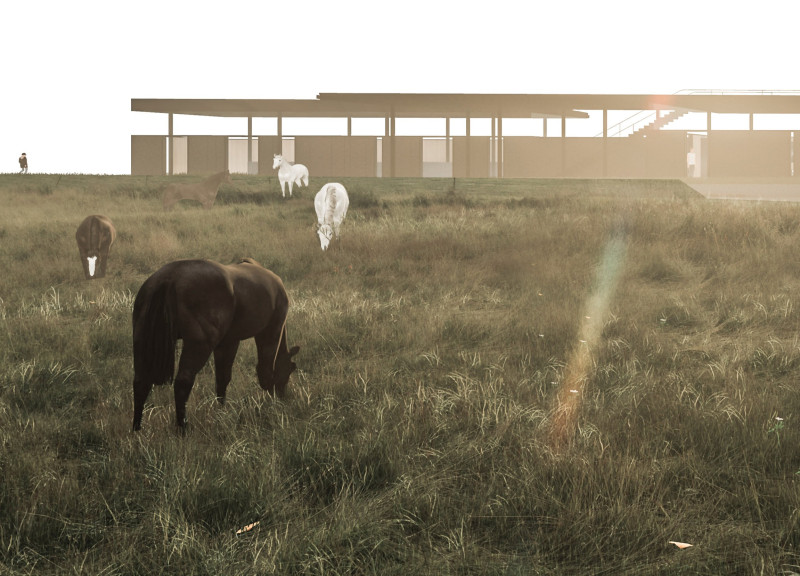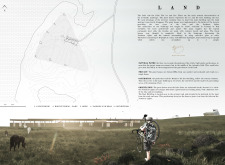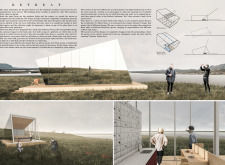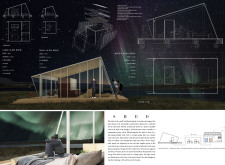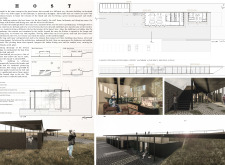5 key facts about this project
## Project Overview
**Title:** [Insert Project Title]
**Location:** [Insert Geographical Location]
**Architect:** [Insert Architect's Name or Firm]
**Completion Date:** [Insert Completion Date]
**Project Type:** [Residential, Commercial, Institutional, etc.]
The design is situated in [insert geographical context], emphasizing a harmonious relationship between the built environment and its surroundings. The intent is to create a space that enhances user experience while promoting functionality and ecological sustainability. The overarching vision focuses on [briefly describe the concept, e.g., "the interaction between public and private zones" or "the integration of environmental systems with modern living"].
### Spatial Organization and User Experience
The layout prioritizes openness and connectivity throughout the interior spaces. Open-plan configurations facilitate natural movement and social interaction, while designated zones cater to diverse user needs. Vertical circulation is thoughtfully designed, with strategic placements of staircases and elevators enhancing accessibility. Additionally, the design incorporates sightlines and spatial transitions that encourage engagement with both interior and exterior settings, fulfilling the project's aim to foster community interaction and inclusivity.
### Materiality and Sustainability
The material palette is chosen for its aesthetic and environmental performance. Key materials include reinforced concrete for structural integrity, extensive glass elements that optimize natural light, and sustainably sourced wood to add warmth and a tactile quality. The incorporation of green roofing systems contributes to ecological benefits, such as improved insulation and biodiversity. Further sustainable features include energy-efficient HVAC systems and rainwater harvesting, which reflect a commitment to minimizing the building’s ecological footprint while creating a visually cohesive design.


